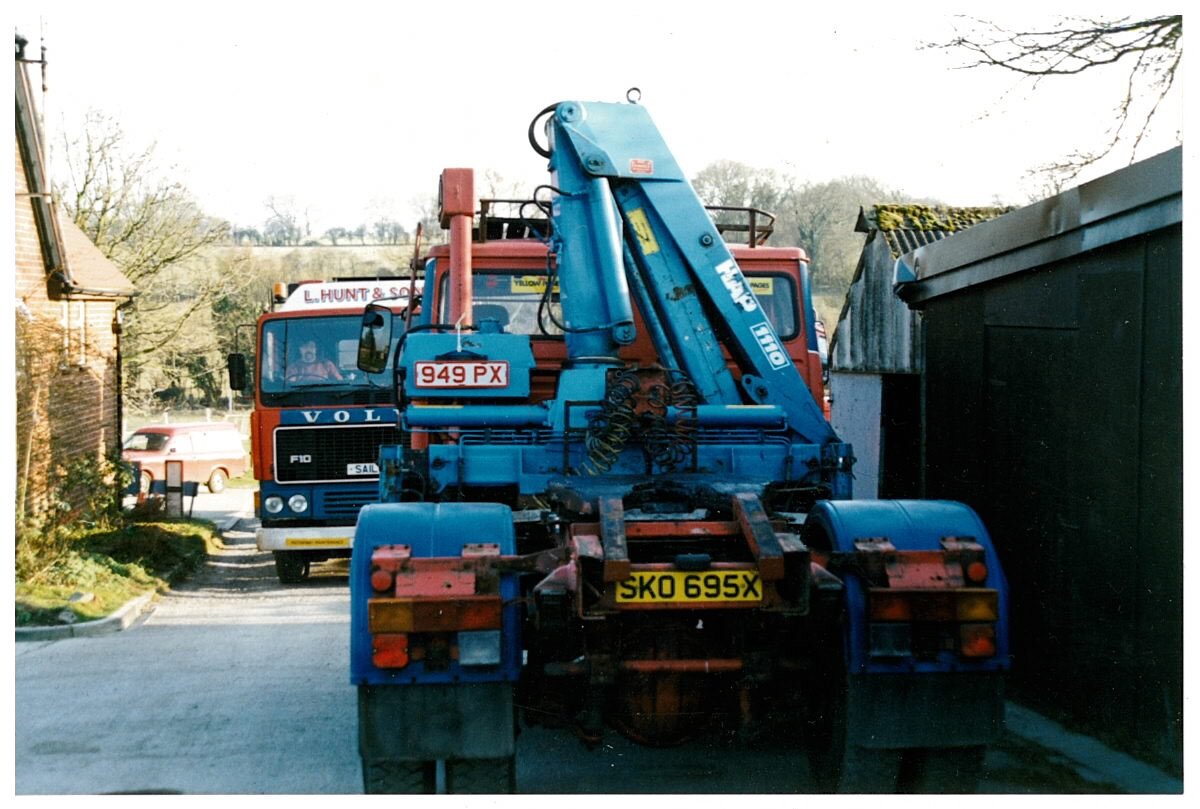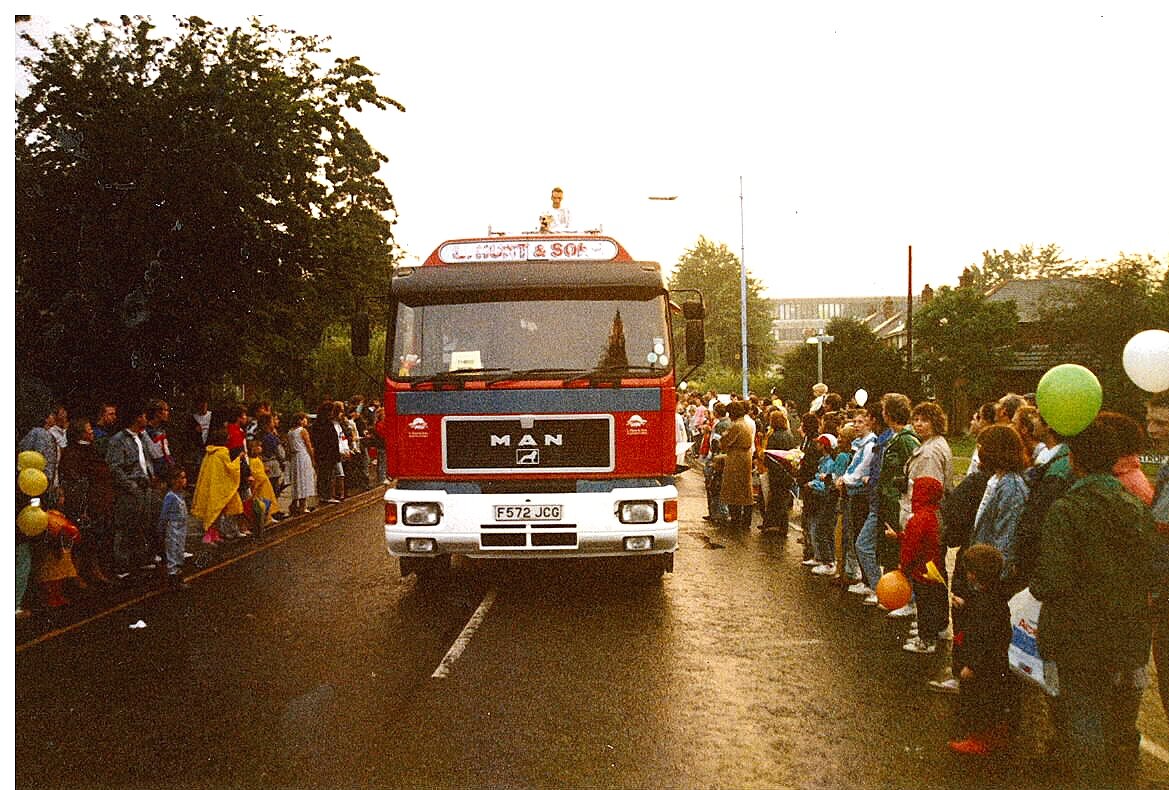How it all began back in 1896.
At the turn of the 20th century, farming was still very much labour intensive although mechanisation was becoming more widespread, boosting production.
After WW1, there was greater supply of powered vehicles and surplus Army stock. It was then that the road haulage industry, as we know it today, really began as vehicles could venture further and travel more quickly than ever before. However, the industry at this time still very much serviced local communities - long distance transport remained the realm of the railways.
As we progressed into the 1920’s and 30’s, the invention of the pneumatic tyre and further advancements in the combustion engine and vehicle design enabled greater range, speed and tonnage to be carried. The road networks around the country were also beginning to improve.
W J Hunt was founded supporting the local agriculture industry, as well as providing general haulage, and this remains a core part of the business even today - although the transport of grain, arable products and livestock is now a specialist area in its own right. Today, the business is focussed on the transport of agricultural machinery around the country and into Europe.
The above picture was taken in the late 1930’s, just prior to WWII.
Another World War and another leap in technology. This really was a step change in vehicle design and much more resembling the vehicles we see today. Significant improvements in capacity, reliability and speed meant that, post WWII, the road haulage business started to take long distance freight away for from the railways. It was the birth of the industry as we know it today.
Above is an example of a 6 wheel rigid Foden that we ran for many years.


































